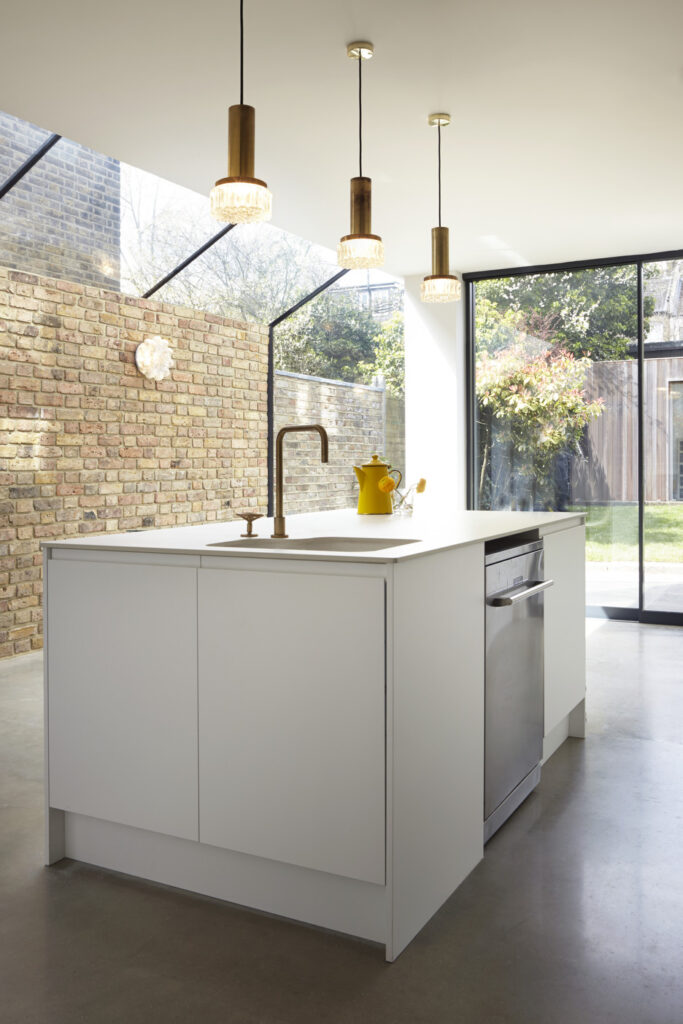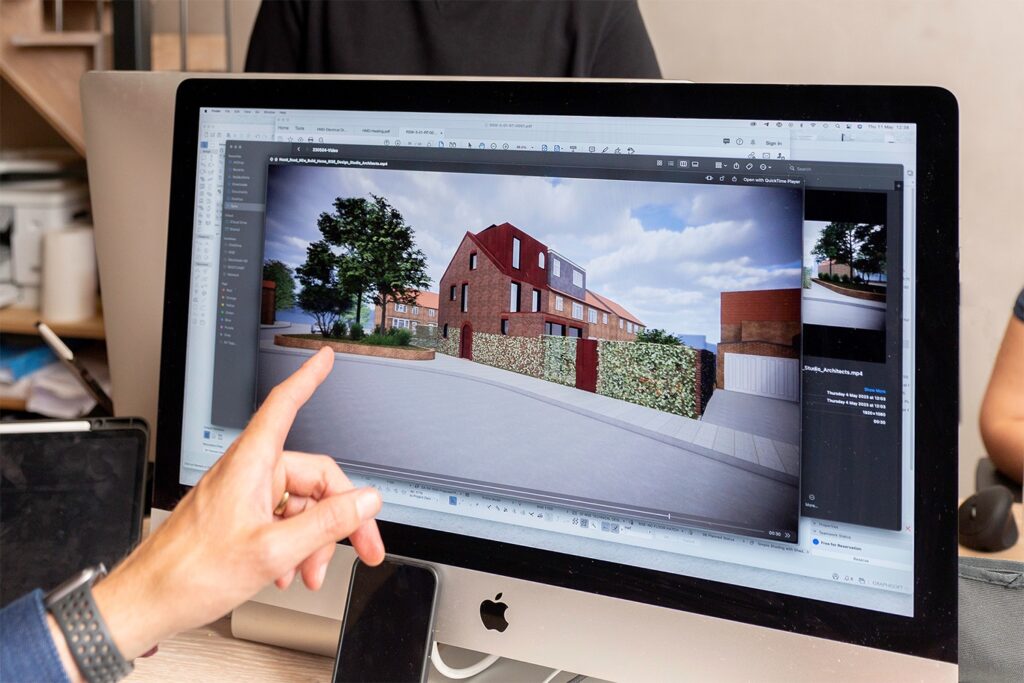Securing planning permission in London is a nuanced process, requiring a strategic blend of innovation, understanding, and communication. This guide focuses on two critical approaches that significantly enhance the likelihood of approval: engaging in pre-application advice and employing comprehensive 3D modelling. These methods not only facilitate a smoother planning process but also foster a collaborative environment between architects and planning officers, ensuring that each project can achieve its full potential within the unique architectural tapestry of London.

The Power of Pre-Application Advice
The journey towards successful planning permission often begins with the step many overlook: seeking pre-application advice. This invaluable strategy has consistently proven its worth, particularly when introducing unconventional designs that may initially puzzle planning officers. Given the high-pressure environment of council planning departments, where staff shortages and tight deadlines are common, unfamiliar proposals are prone to rejection.
Our approach was validated through a challenging experience with a modest house in a conservation Article 4 area. Initially rejected due to its unconventional design, which featured non-standard window openings to comply with privacy and aesthetic guidelines, the project initially failed to resonate with planning officers. However, after a refusal and subsequent direct engagement with the council, involving detailed discussions and the submission of additional explanatory materials, we successfully navigated through the concerns. The approval of the project after these discussions highlighted the critical role of pre-application engagement in bridging the gap between innovative design and regulatory acceptance.

Design in 3D
Equally important in our toolkit of strategies is the extensive use of 3D modelling for all projects, regardless of size. This tool is indispensable not just for the internal design process but as a means of effectively communicating with planning officers. By offering precise visualisations, including impact assessments from neighbouring viewpoints and detailed sunlight studies, we can proactively address any potential concerns about the project’s effect on local amenities.
For more significant applications, we leverage our 3D models in direct meetings with planning officials, providing a dynamic platform to explore the proposed changes together. This collaborative review process allows us to address concerns in real time and adjust our presentations to highlight how the design aligns with both the project’s aspirations and the local area’s regulatory framework. The side-by-side comparison of existing and proposed states, facilitated by our 3D models, offers a clear visual narrative of the project’s benefits, enhancing the understanding and approval chances.
Navigating Towards Success
Navigating the intricate process of obtaining planning permission in London demands a strategic, informed approach. By prioritising early engagement through pre-application advice and utilising the clear communicative power of 3D modelling, architects can significantly improve their project’s reception amongst planning officers. These strategies do more than streamline the approval process; they foster a spirit of collaboration and understanding, ensuring that innovative, sustainable designs can flourish within London’s diverse architectural heritage. Through these approaches, we continue to champion designs that are not only aesthetically pleasing but also environmentally responsible, contributing positively to the city’s skyline and the well-being of its communities.
